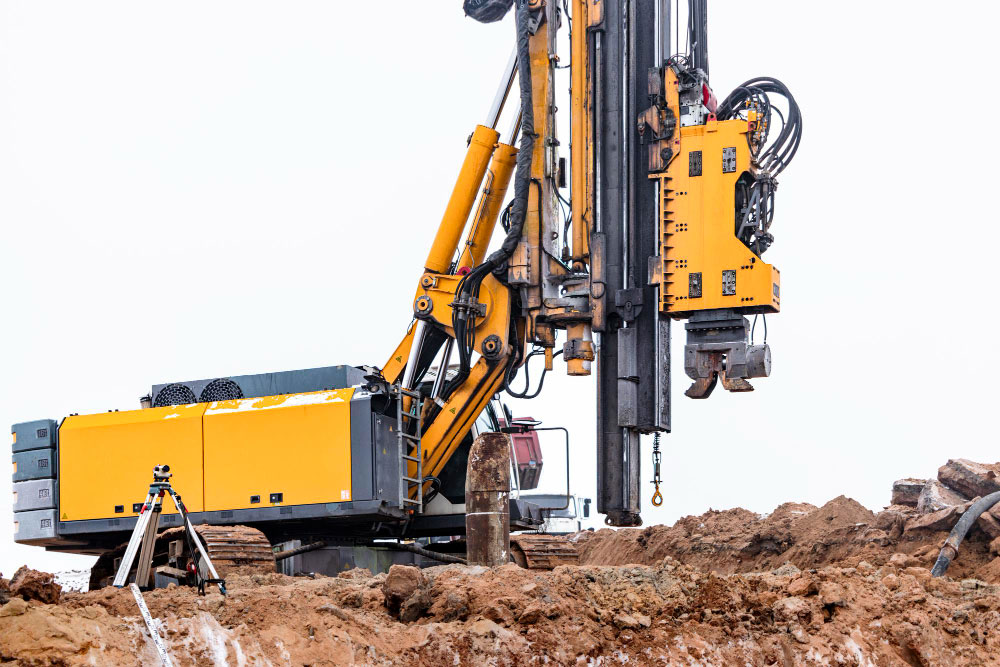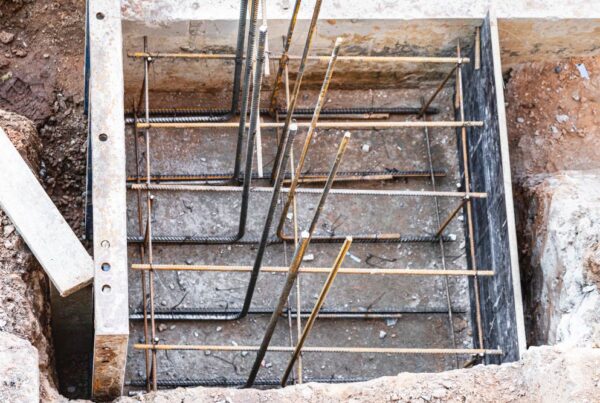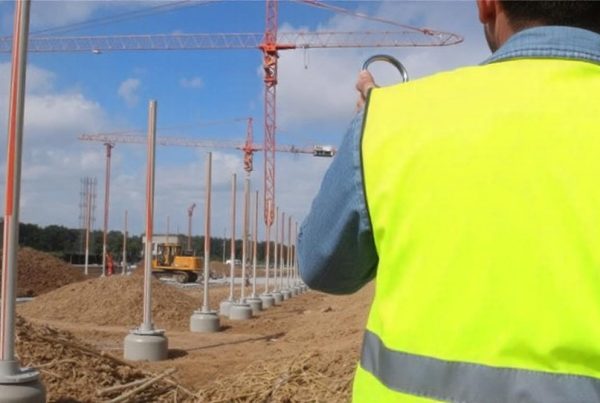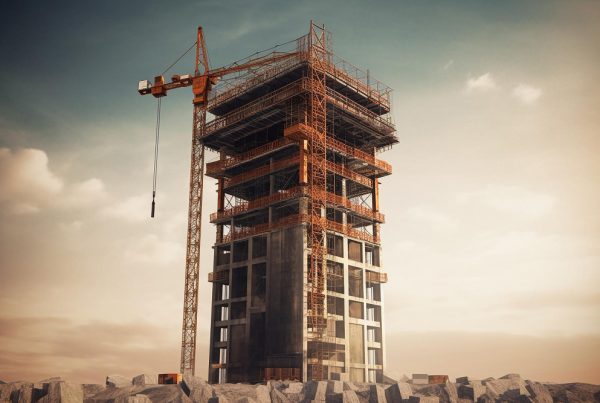Foundation piles are essential for providing stability and support to structures, especially in areas with challenging soil conditions. Proper installation of foundation piles ensures the longevity and safety of a building. However, mistakes during installation can lead to costly repairs, compromised stability, and even structural failure. Whether you’re working on a project in Congo or elsewhere, it’s crucial to avoid common pitfalls in pile installation. This article discusses the most frequent mistakes made when installing foundation piles and offers guidance on how to avoid them.
1. Inadequate Site Assessment
One of the most significant mistakes in foundation pile installation is failing to conduct a thorough site assessment. Understanding the soil conditions, groundwater levels, and load-bearing capacities is essential for choosing the correct type of piles and installation methods. In countries with diverse soil conditions, like Congo, site assessment is critical for ensuring that the piles can support the structure adequately. Skipping this step can lead to unexpected soil movement and instability.
How to Avoid:
Always conduct a comprehensive geotechnical survey before starting the installation process. Engage qualified professionals to evaluate the site and determine the best pile type and depth for the project.
2. Incorrect Pile Type Selection
Choosing the wrong type of foundation pile can have serious implications. Different piles, such as driven piles, bored piles, and CFA (continuous flight auger) piles, have distinct advantages and limitations. Selecting an inappropriate pile type based on the site conditions can lead to reduced load-bearing capacity and structural issues. This mistake is especially relevant in regions like Congo, where soil conditions can vary widely.
How to Avoid:
Consult with engineers who have experience in the specific region and soil type to determine the most suitable pile type. Consider factors like soil type, load requirements, and environmental conditions.
3. Neglecting Proper Alignment and Positioning
Misalignment of foundation piles is a common issue that compromises the structural integrity of the building. Piles that are not installed vertically or positioned incorrectly can lead to uneven load distribution, increasing the risk of structural damage. This mistake often occurs when there is a lack of precise equipment or inadequate supervision on-site.
How to Avoid:
Use modern alignment tools and ensure proper supervision during installation. Employ laser or GPS-guided equipment to maintain accurate positioning and vertical alignment.
4. Overlooking Quality Control During Installation
Quality control is crucial to ensure that foundation piles are installed to the required specifications. Inconsistent pile lengths, poorly mixed concrete, or inadequate reinforcement can all affect the pile’s performance. Without a quality control process, it’s challenging to identify issues before they become significant problems.
How to Avoid:
Implement a quality control program with regular inspections throughout the installation process. Test pile integrity, check concrete quality, and monitor the installation depths to ensure compliance with the project’s specifications.
5. Ignoring Environmental and Local Regulations
Many regions, including Congo, have specific environmental and construction regulations that need to be followed during foundation pile installation. Ignoring these regulations can result in fines, delays, and even project shutdowns. Environmental considerations, such as groundwater protection and minimizing vibration, are essential aspects that can’t be overlooked.
How to Avoid:
Familiarize yourself with local regulations and environmental guidelines before starting any installation work. Obtain the necessary permits and ensure that your practices align with both legal and environmental standards.
6. Inadequate Preparation for Weather and Site Conditions
Weather conditions and site accessibility can impact the installation of foundation piles. For instance, heavy rains can saturate the soil, making it difficult to achieve the required pile depth. In regions with variable weather patterns like Congo, it’s essential to prepare for weather-related challenges that may affect the pile installation.
How to Avoid:
Plan installation activities according to seasonal weather conditions and ensure proper drainage around the site to avoid water accumulation. Use weather-resistant materials and equipment suited for local conditions.
Conclusion
Avoiding these common mistakes during foundation pile installation is key to ensuring the stability and safety of any structure. By conducting thorough site assessments, choosing the right pile type, maintaining alignment, ensuring quality control, and adhering to local regulations, construction teams can achieve reliable and durable results. In regions like Congo, where soil and environmental conditions can vary, careful planning and execution are essential for a successful foundation project.






